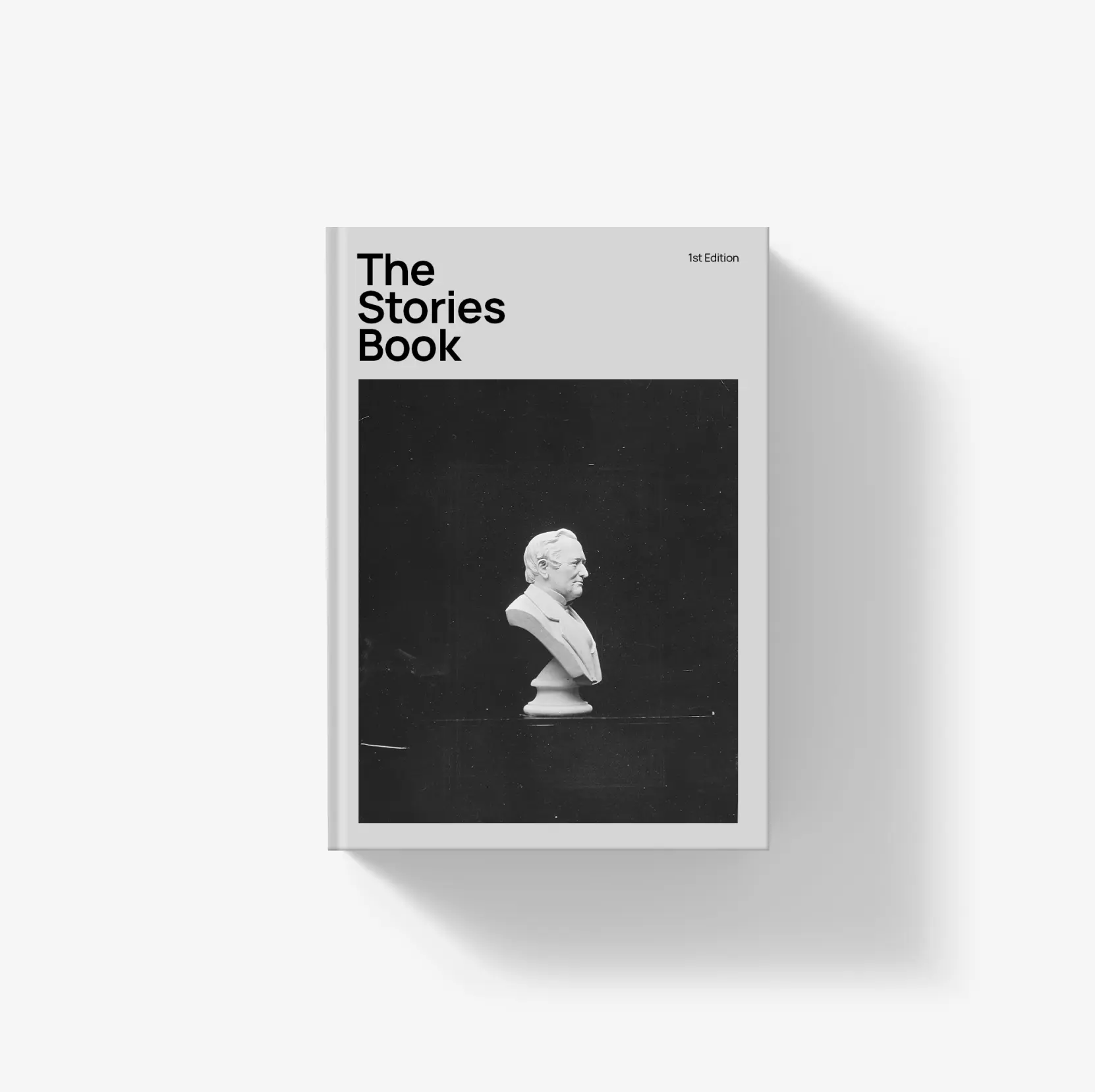
Great question — let’s unpack the storytelling magic woven into “The Watchmaker’s Gift”:
1. Framing with mystery and legend: Right from the start, I introduced Eli as a figure shrouded in legend, implying a deeper backstory. This adds intrigue and pulls the reader into a world where anything feels possible.
2. Whimsical setting & worldbuilding: A village “between the mountains and a silver river” sets a fairytale tone. The idea of time moving in spirals and story-telling watches helps establish a magical reality grounded in emotional truth.
3. Relatable character arc: Mira represents curiosity, growth, and discovery. Her journey mirrors the classic “Hero’s Journey” — crossing into a mysterious world, facing a revelation, and returning changed.
4. Symbolism: The star-watch acts as a symbol for potential and the unknown future. The library of remembered stories metaphorically suggests that our choices write our futures.
5. Dialogue as wisdom: Eli’s final line — “The future listens to those who believe it still holds surprises” — acts as a thematic takeaway. It adds depth and closes the emotional loop.
6. Light foreshadowing: The “traveler from a place where time moves in spirals” quietly sets up the idea that the rules of reality in this story are fluid, allowing Mira’s midnight adventure to feel earned.
About the book
Ooh, excellent dive into the toolbox of storytelling — each genre brings its own flavor, and writers often lean into different techniques to make the magic work. Here’s a whirlwind tour through some familiar genres and the storytelling techniques that bring them to life:
✨ Fantasy
- Worldbuilding: Creating immersive, often rule-based alternate worlds.
- Mythic structure: Think hero’s journey, chosen ones, prophecies.
- Allegory and symbolism: Dragons might represent fear, magic as power or knowledge.
- Invented languages or histories: Adds depth and realism.
🔍 Mystery/Thriller
- Red herrings: Misleads to keep readers guessing.
- Pacing and cliffhangers: High tension, often chapter-to-chapter reveals.
- Unreliable narrators: Keeps truth murky until the end.
- Foreshadowing: Subtle clues that reward attentive readers.
💘 Romance
- Character chemistry: Central to emotional payoff.
- Internal monologues: Gives insight into emotional arcs.
- Tension through miscommunication: Keeps readers invested.
- Happy (or hopeful) ending: A genre hallmark.
😂 Comedy
- Exaggeration: Absurd scenarios or characters.
- Wordplay: Puns, double meanings, clever dialogue.
- Timing: Jokes are all about delivery and rhythm.
- Subversion of expectations: Surprise equals laughter.
🛸 Science Fiction
- Speculative what-ifs: Based on scientific or technological possibilities.
- Social commentary: Hidden critiques or ideas about human nature.
- Alternative timelines or futures: Think dystopia or post-apocalyptic.
- Technological exposition: Must balance explanation with story flow.
👻 Horror
- Atmospheric tension: Using setting, silence, or the unknown.
- Psychological depth: Fear often comes from within.
- Slow reveals: Let dread simmer before the big scare.
- Monsters as metaphors: Not always just for thrills.
Every genre mixes and matches techniques too — a romantic thriller might play with mystery tropes, while a comedic fantasy can delight with witty dialogue and whimsical worldbuilding.

International editions
The Stories Book will be available from these international retailers.
Frequently Asked Questions
What is The Stories Book about?
How much does The Stories Book cost?
.